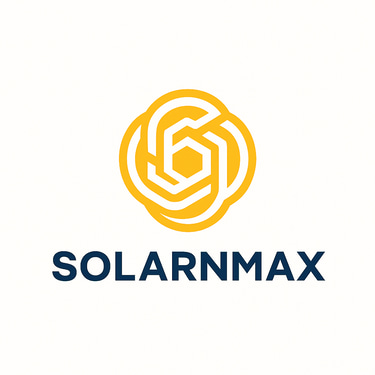Why Choose Solar Energy in Singapore?
Choosing solar energy in Singapore isn’t just about sustainability — it’s about long-term savings, energy independence, and a smarter future. Your total cost depends on your roof size and panel capacity. Here’s what you can expect with SolarNMax's solar panel solutions:
Medium Roof Size
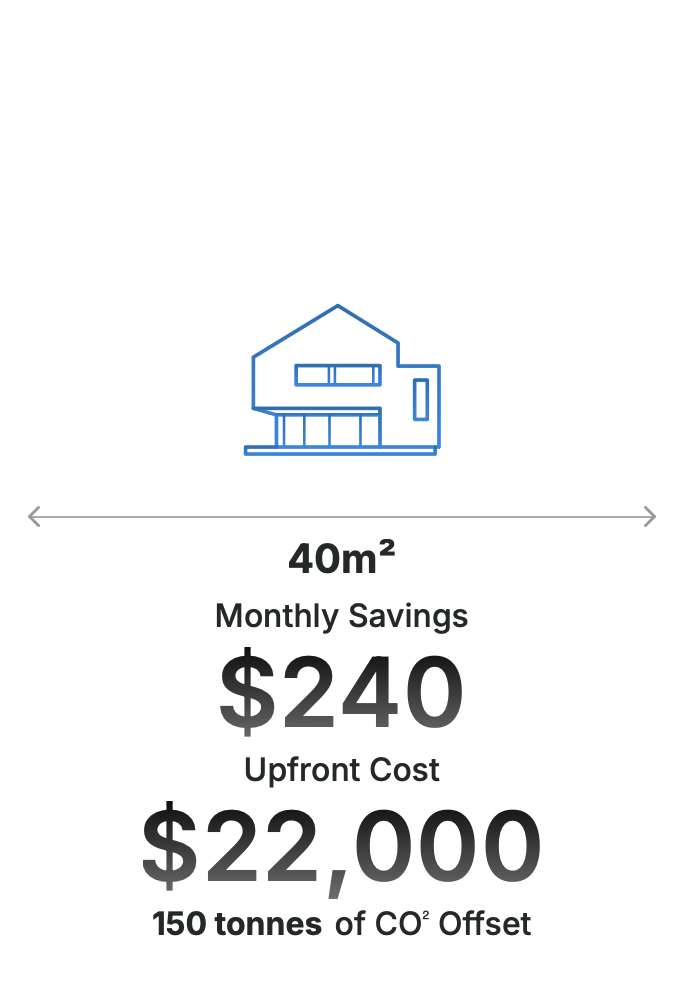

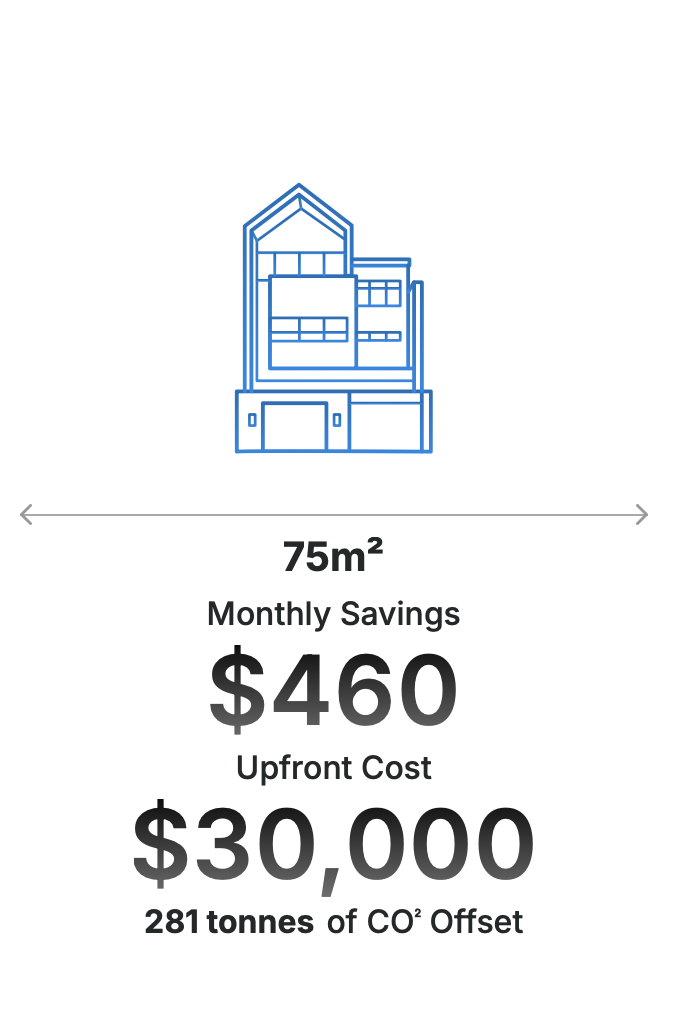

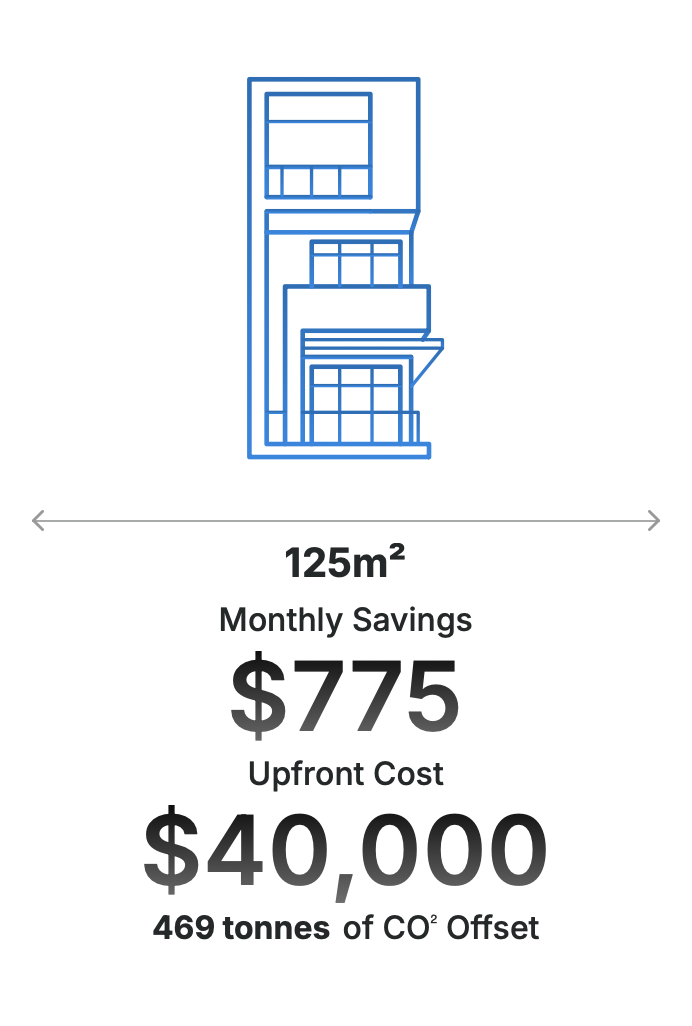

Large Roof Size
Small Roof Size
Explore our Solar Panels
The three main types of solar panels are monocrystalline, polycrystalline, and thin-film. Monocrystalline panels are known for their high efficiency and performance, while polycrystalline panels are a more affordable option. Thin-film panels, though less efficient, are lightweight and flexible, making them suitable for various applications.
Monocrystalline Solar Panels
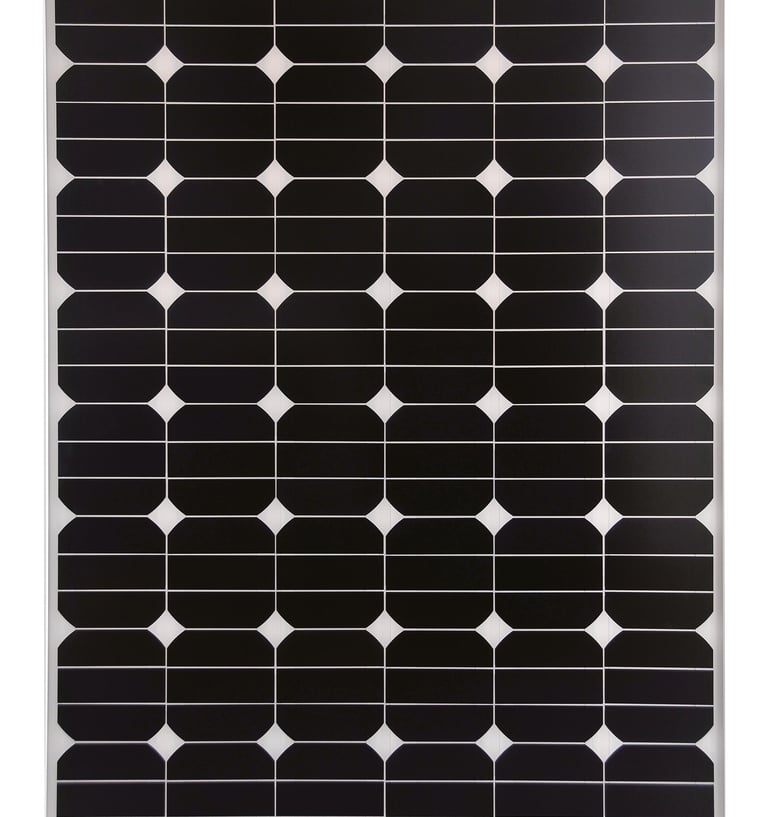

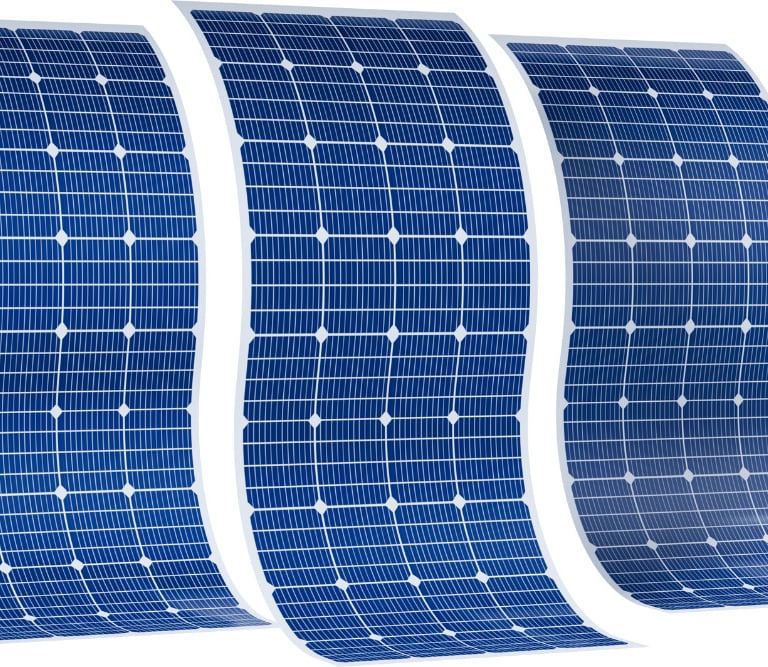

Description: Made from a single, continuous crystal structure of silicon, giving them a uniform, dark appearance.
Efficiency: Generally offer the highest efficiency among the three types, meaning they convert more sunlight into electricity.
Durability: Known for their long lifespan and ability to perform well in various conditions.
Cost: Typically the most expensive option.
Pros: High efficiency, long lifespan, good performance in low-light conditions.
Cons: Higher cost, can be slightly less efficient in very cold temperatures.
Polycrystalline Solar Panel
Description: Made from multiple silicon fragments melted together, resulting in a speckled, bluish appearance.
Efficiency: Lower efficiency compared to monocrystalline panels but still a solid option.
Durability: Similar lifespan to monocrystalline panels.
Cost: More affordable than monocrystalline panels.
Pros: Lower cost, less material waste during manufacturing, good overall performance.
Cons: Lower efficiency, can be more affected by high temperatures.
Thin-Film Solar Panels
Description: Made by depositing a thin layer of photovoltaic material onto a substrate.
Efficiency: Typically the least efficient of the three types.
Durability: Shorter lifespan compared to monocrystalline and polycrystalline panels.
Cost: Generally the least expensive option.
Pros: Lightweight, flexible, good for specific applications, cost-effective.
Cons: Lower efficiency, requires more space, not ideal for residential rooftop installations.
